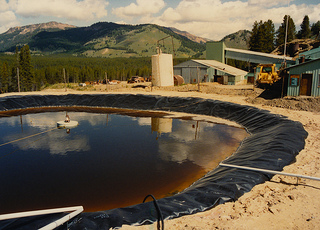 Typically it takes two or three weeks to complete a Phase 1 site assessment. It’s an overview process, so there’s no need to allow time for in-depth scientific study. Nonetheless, the environmental professional your hire to perform the work will need to conduct several different types of research to meet the Phase 1 “all available inquiry” requirement.
Typically it takes two or three weeks to complete a Phase 1 site assessment. It’s an overview process, so there’s no need to allow time for in-depth scientific study. Nonetheless, the environmental professional your hire to perform the work will need to conduct several different types of research to meet the Phase 1 “all available inquiry” requirement.
The goal of Phase 1 site assessment is to determine whether a particular parcel of property is contaminated or there is reason to believe contamination might be present. To adequately address that question, even in the big picture, requires investigating historic uses of the property, going back as far as possible. Sometimes a few tests are necessary, too.
Your environmental professional will acquire information from various sources, then evaluate that information to make a determination and recommendations about your property. Investigative sources include:
- Visual inspection of the property, an on-site visit to check out the land and structures and also take a look at adjacent parcels. This part of the work may also include review of aerial maps and pertinent geological information and possibly performing some specific tests to identify the property’s existing soil or other sub-surface conditions.
- Library research. Your investigator will look at old maps, business and phone directories and other publicly or privately available resources, and they’ll review official regulatory or related records on file with local, regional, state, federal or tribal agencies, looking for documentation of known contamination.
- Personal interviews with past or current owners and/or tenants
You’re a potential source, too. You’ll want to tell your environmental professional if you have any personal knowledge about the property or your background qualifies you to help gauge the potential presence of hazardous substances. And you should consider whether the offered purchase price matches fair market value or indicates problems could exist.
If results of the Phase 1 site assessment indicate a Phase 2 study should be conducted, that can be far more time-consuming, as it’s much more detailed.
